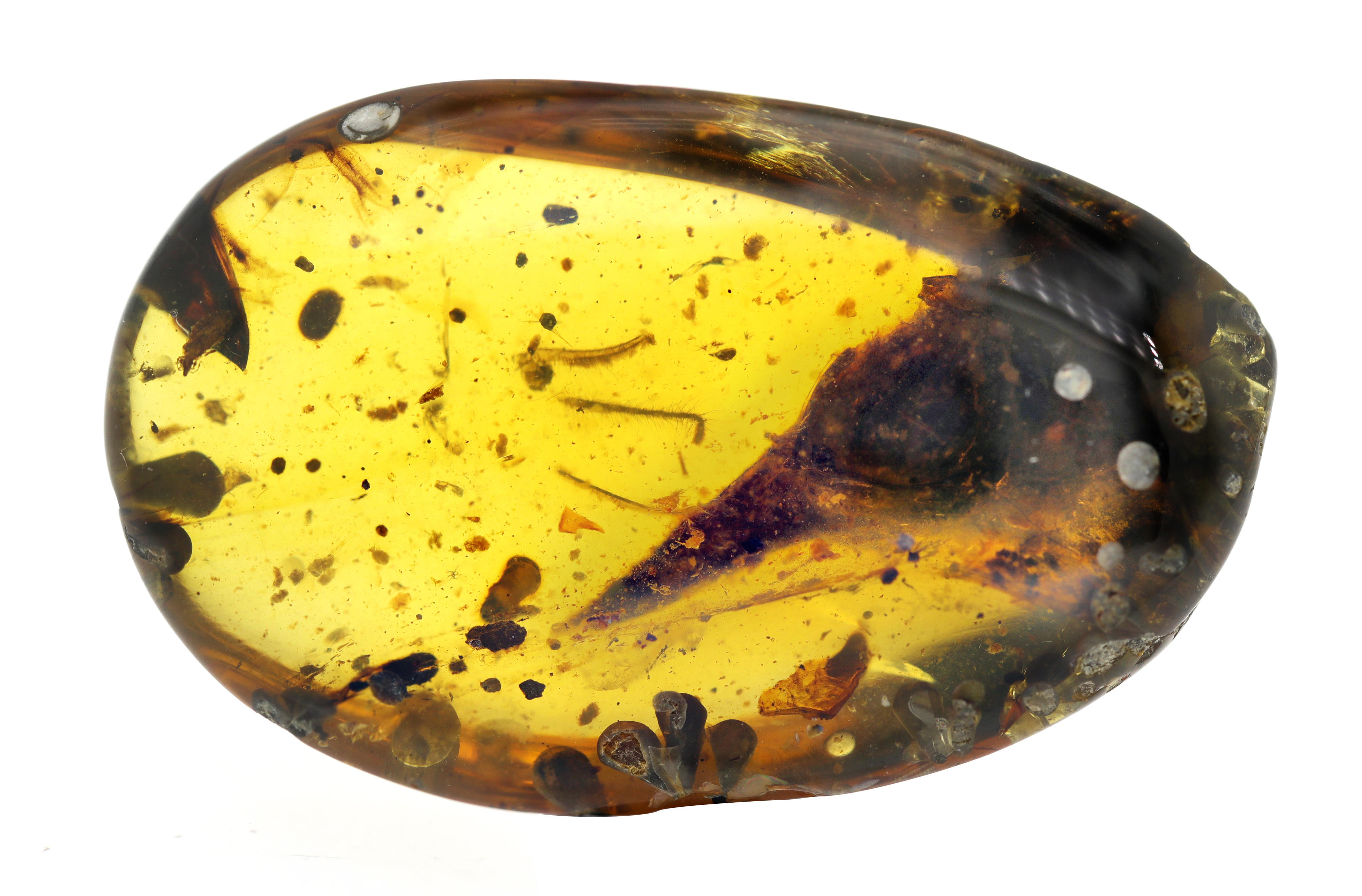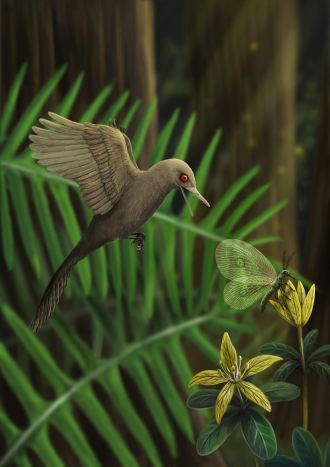Media release
From: Springer NatureRETRACTION NOTE: Published March 11, 2020 by Springer Nature:
"We, the authors, are retracting this Article to prevent inaccurate information from remaining in the literature. Although the description of Oculudentavis khaungraae remains accurate, a new unpublished specimen casts doubts upon our hypothesis regarding the phylogenetic position of HPG-15-3."
Palaeontology: Hummingbird-sized dinosaur preserved in amber
A new species of bird-like dinosaur identified from a skull trapped in amber is described in a paper published in this week’s Nature. The new species may represent the smallest Mesozoic dinosaur reported to date.
Discoveries in amber are providing unprecedented insights into the soft tissue and skeletal anatomy of small animals that are not typically preserved in other sediments owing to their fragile nature. Jingmai O’Connor, Luis Chiappe and colleagues describe a tiny, bird-like skull discovered in approximately 99-million-year-old amber from northern Myanmar, which they name Oculudentavis khaungraae. The skull of the well-preserved specimen is only 7.1 mm in length and indicates the dinosaur was similar in size to the bee hummingbird, the smallest living bird.
Oculudentavis means “eye tooth bird,” reflecting notable features that give insights into the animal’s lifestyle. Its skull is dominated by a large eye socket that is similar to a lizard’s eye. The eye socket has a narrow opening and only lets in a small amount of light, indicating Oculudentavis was suited to being active in daylight conditions. Its upper and lower jaws contain a large number of sharp teeth and the authors estimate each jaw would have had 29–30 teeth in total. Despite its small size, this finding suggests Oculudentavis was a predator and probably fed on small arthropods or invertebrates, unlike similar sized modern birds, which have no teeth and feed on nectar.
“In the past few years, Burmese amber has yielded surprising insights,” writes Roger Benson in an accompanying News & Views; he suggests that, in light of this new finding, “the potential for continued discovery remains large — especially for animals of diminutive sizes.”





